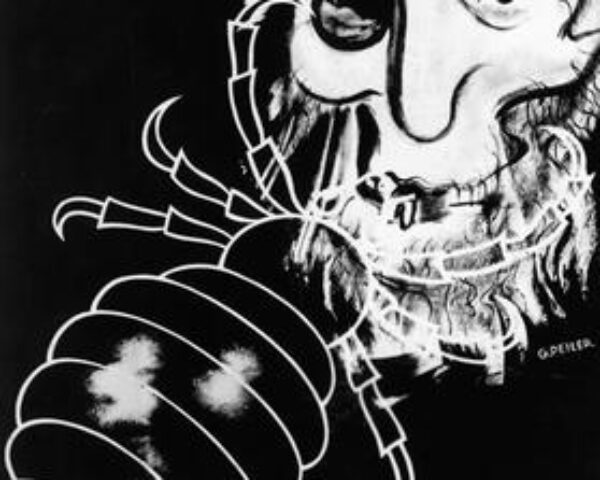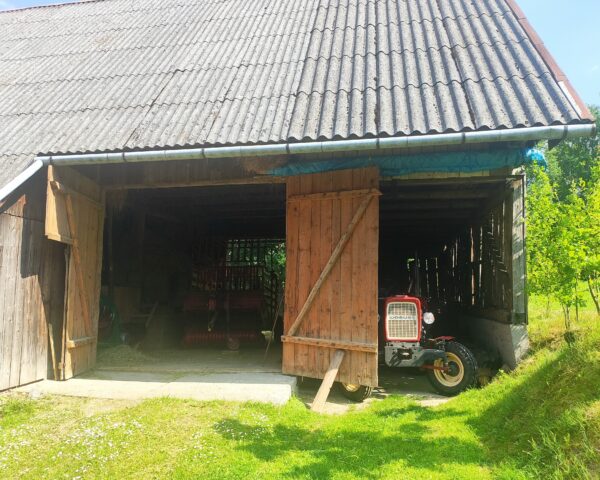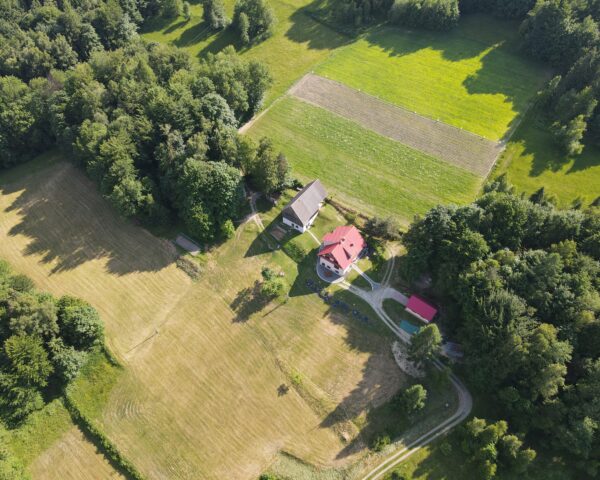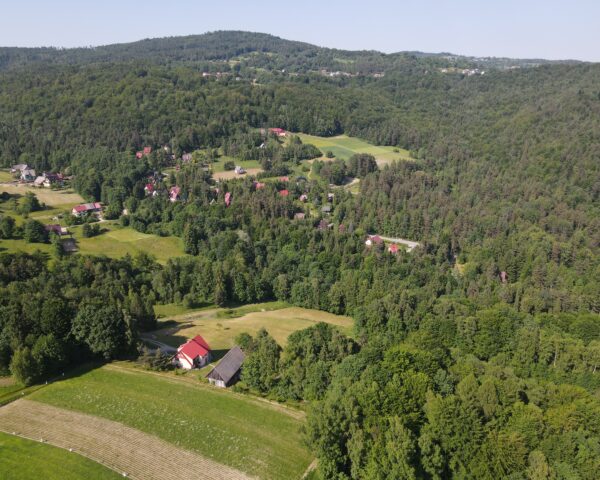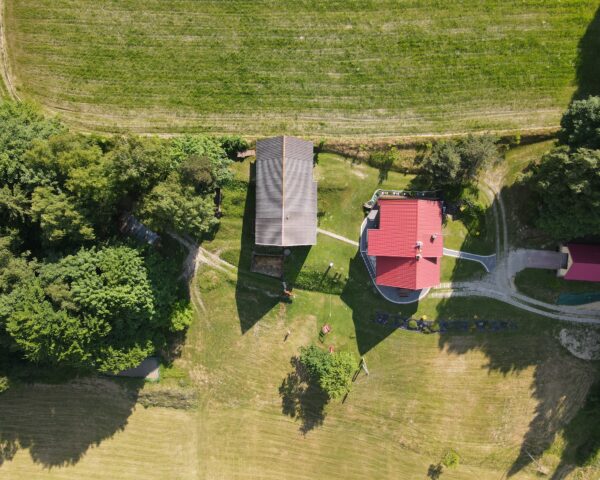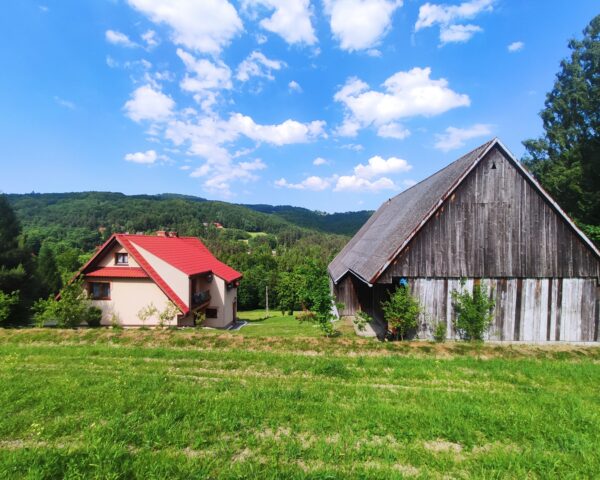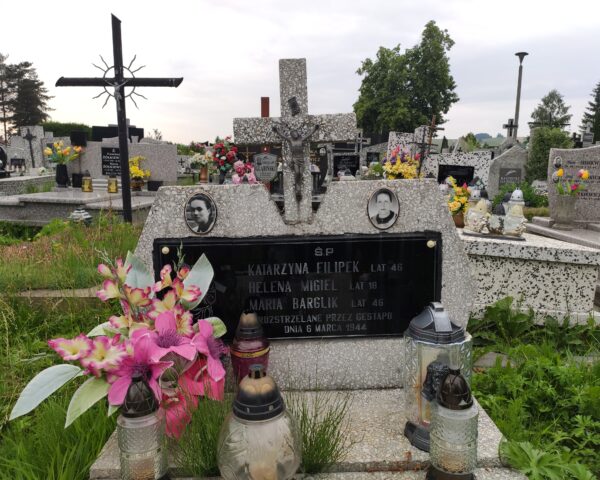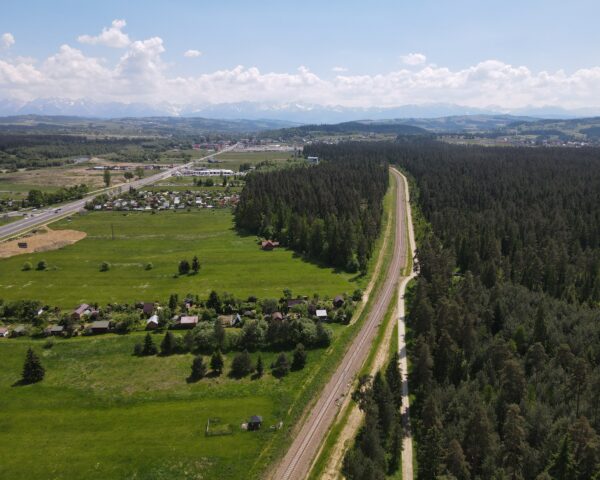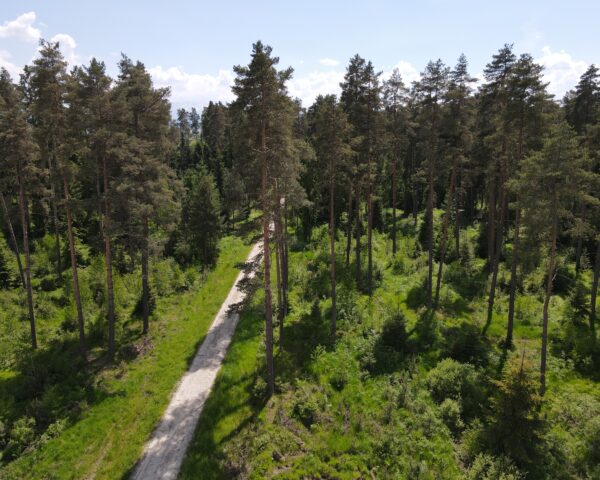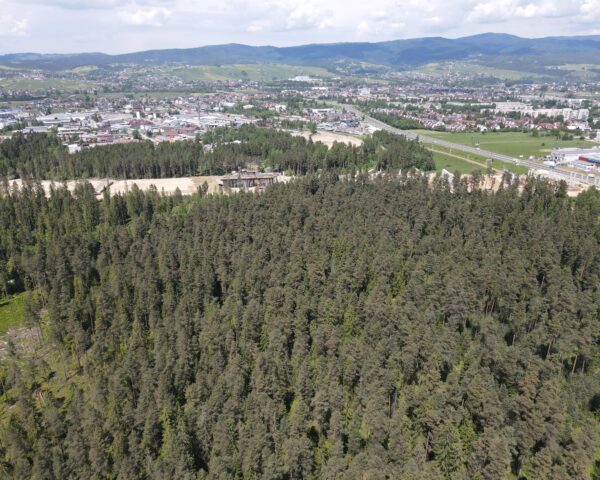“It must become clear to everyone in Germany, even to the last milkmaid, that Polishness is equivalent to subhumanity. [...] This must be done until every German citizen has it encoded in his subconscious that every Pole, no matter whether the worker or intellectual, should be treated as vermin.” Directive No. 1306 of the Reich Propaganda Ministry dated 24.10.1933
Katarzyna
Filipek

Stage 4 - Dehumanization
“It must become clear to everyone in Germany, even to the last milkmaid, that Polishness is equivalent to subhumanity. [...] This must be done until every German citizen has it encoded in his subconscious that every Pole, no matter whether the worker or intellectual, should be treated as vermin.” Directive No. 1306 of the Reich Propaganda Ministry dated 24.10.1933
Katarzyna Filipek (née Osielak), born 12.03.1897 (March 12th, 1897) in Tokarnia
Katarzyna Filipek lost her husband in 1939 and lived with her seven children on a small farm in Tokarnia in Lesser Poland. In the spring of 1943, a Jewish family called Sternlicht came to her modest house. Four adults and two children were fleeing the Holocaust. They were directed to the Filipeks’ house by the village leader, Stefan Barglik, who was hoping that the widow’s house on the outskirts of the village would be a good hiding place. Katarzyna hesitated, fully aware of the danger. Nevertheless, she let the family stay in her barn and in the face of approaching winter, she hid them in the attic.
In January 1944, after a denunciation, Gestapo men came to Katarzyna’s house. They set fire to the farmstead and shot the Jewish family on the spot. Katarzyna and the village leader’s wife, Maria Barglik, were arrested and sentenced to death for helping and hiding Jews. The women were imprisoned at the Gestapo headquarters in Zakopane, then shot and buried in the forest near Nowy Targ. The sentence was carried out in March 1944.
Katarzyna Filipek’s children survived the war. Her oldest daughter, Maria, took care of her siblings. It was not until 1985 that Katarzyna’s children learned what had happened to their mother. In 1988, Katarzyna Filipek was posthumously awarded the medal and title of Righteous Among the Nations.
Dehumanization
This is the process of dehumanization, at which the humanity of the representatives of a given group is negated and they are compared to animals, insects, or diseases. Dehumanization helps to overcome the natural repulsion and resistance of one person to murder another. The dominant group receives a propaganda message that the “others” are inferior, not human, and therefore should not function in society. Individuals belonging to the victim group are stripped of their identity, dignity, and even their names, which were replaced with numbers during the Holocaust.
Dehumanization can be countered by condemning hate speech, banning hateful propaganda and the activities of those responsible, and immediately punishing perpetrators of hate crimes and other atrocities.
How is this person’s story related to the stage of genocide in G. Stanton’s theory?
Katarzyna Filipek’s action was a response to the dehumanization to which Jews, Poles, and representatives of other nations and minorities were subject during the war.
Aware of the enormous risk and consequences of her action, Katarzyna gave shelter to a Jewish family. For her display of great humanistic values, she had to pay the highest price. By actively opposing the dehumanization of others, she became a victim of dehumanization herself – she was murdered by the Nazis and buried in an unidentified mass grave. Katarzyna was deprived of her right to life, her right to a dignified burial, and her family’s right to information about what happened to her after she was arrested. Dehumanization not only aids the crime but also facilitates the obliteration of traces and erasure of the memory of the victims.
Gestapo – the secret political police of the Third Reich, created after Adolf Hitler came to power. Over time, the Gestapo became the main investigative body in political cases and also decided who was to be imprisoned in a concentration camp. From 1939 to 1945, the Gestapo was part of the Reich Security Main Office (RSHA). During World War II, it became one of the most criminal organizations of the occupation authorities. In 1946, the International Military Tribunal in Nuremberg declared the Gestapo a criminal organization.

